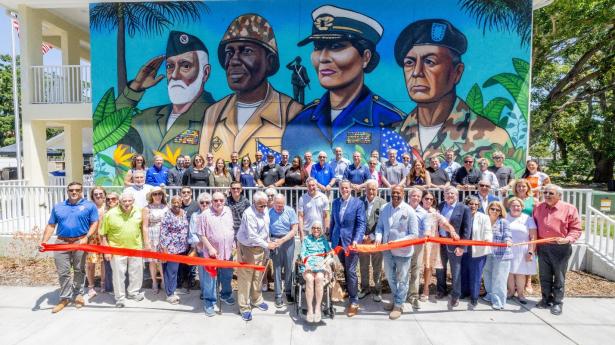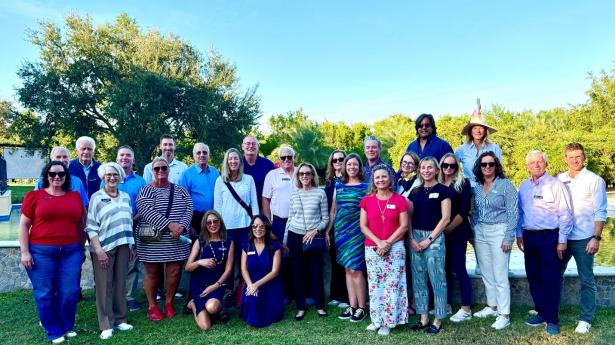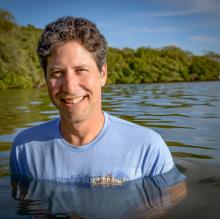
Local Experts Talk Water Quality, Pollution at Gulf Coast Donor Briefing
About two dozen Gulf Coast donors joined us today for a virtual briefing on environmental water quality in our region.
The session—moderated by Gulf Coast’s Jon Thaxton—featured experts Dr. David Tomasko, executive director of Sarasota Bay Estuary Program (SBEP), and Justin Bloom, founder and board member of the nonprofit Suncoast Waterkeeper. It was part of Gulf Coast’s “Be Inspired” donor briefing series.
Thaxton set the stage with a brief history of Gulf Coast’s Community Playbook for Healthy Waterways. He called the Playbook a direct response to the 2018 red tide that devastated our region in so many ways—environmentally, economically, socially, and health-wise. He stressed that the Playbook is “a non-regulatory, incentive-driven, and science-based approach to improving water quality in Sarasota County’s bays and creeks.” It outlines actions that everyone—from policymakers to homeowner associations—can take to have a measurable impact on water quality.
He then introduced his hand-picked guests. Regarding Tomasko, Thaxton suggested “there is no one with a broader understanding of the health of Sarasota Bay.” Tomasko and SBEP develop a science-based resource management plan for the Sarasota Bay estuary. He said that work focuses on three main components: habitat restoration, public education outreach, and "a lot of science."

As for Bloom, Thaxton said “there is no better person to explain both the legal and biological responses necessary for clean waterways.” Bloom’s Suncoast Waterkeeper is dedicated to protecting local waterways and the right to enjoy swimmable, boatable, drinkable, and fishable water. The grassroots group part of an alliance of 13 Waterkeepers statewide and about 350 around the world. Bloom said Suncoast Waterkeeper utilizes much of the science produced by SBEP in its work, and he added that Gulf Coast’s Playbook “is required reading for our board, and we fully intend to keep making some important plays.”
Here are highlights from the conversation that followed:
On the Piney Point environmental disaster
According to Tomasko, “The problem with Piney Point is not the phosphorous; the problem with Piney Point is the nitrogen.” He said the concentration of nitrogen in the water that leaked from the former phosphate fertilizer plant “is about 100 times the nitrogen content of urban stormwater runoff” and “about 150 times as the City of Sarasota’s wastewater.” It was roughly equivalent to 70,000 or 80,000 bags of fertilizer dumped into the bay in 10 days.
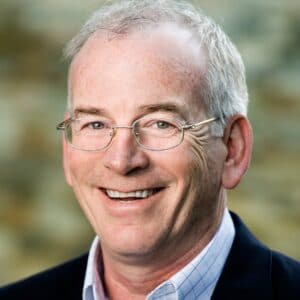
However, Tomasko went on to describe existing, long-standing water quality problems in Sarasota County’s bays up and down the coast. “As important as it is to understand Piney Point,” he said, “we have problems in Sarasota Bay that predate Piney Point. We cannot afford to have the nutrient load that Piney Point represents cause additional problems, but Sarasota Bay has its own problems. We have not been doing a really good job with our wastewater infrastructure in particular.
“You can’t just point to Piney Point and say, ‘Oh, look what they did to us,’” Tomasko continued. “We’re doing this ourselves, and Piney Point is an insult on top of all the things that are already happening in our bay.”
Bloom detailed the lawsuit that his organization and four others have brought against the Florida Department of Environmental Protection in response to the Piney Point discharge. “In reading about what has happened at Piney Point in the last 20 to 30 years, it became obvious to us that there has been a failure of historic proportions that needed to be addressed,” Bloom said. “We see this as a landmark case that is going to be impactful not just to in closing Piney Point but to address pollution from other phosphate facilities in the state.” Bloom also noted the lawsuit’s “broader message to make sure there’s accountability, particularly with the State of Florida, to make sure that they do a better job of regulating polluters. We shouldn’t be the ones bringing these lawsuits and doing this work. It’s the job of our regulators and enforcers to do it, and they’re failing.”
On nutrients and fertilizer use
“If you want to have a productive orange tree, if you want to have a green looking lawn, add fertilizer, and around here you add nitrogen” said Tomasko. “If you want to turn your lake green, if you want to turn the bay green, if you want to grow a lot of algae, add nitrogen—but we don’t want that! You don’t want Sarasota Bay to look like the Indian River Lagoon. If you look at the Indian River Lagoon, it is what happens when you allow nutrients to get out of control... Nutrients and over-enrichment cause the growth of plants that you don’t want to have.”
